
Throughout history there have been strange and bizarre inventions. Some were useful, such as glasses to drink from or items to help win a war, while others had a more puzzling and bizarre purpose. Many of the seven items on our list also carry an aura of mystery around how they were actually made.
Greek Fire

As far as bizarre ancient inventions go, this weapon is one of the top contenders. This is because the formula of Greek fire remains secret to this day. There are certainly assumptions made by modern day historians, but it is still just a guess. Reading ancient texts about how this fire acted can give some idea of its composition. Water did not put it out; it would burn even in the water, although some texts claim that it was ignited by water, and it was extinguishable by sand or vinegar.
It was a liquid and launched in pots like an ancient Molotov Cocktail, and when it hit its target, it would make a loud noise and produce smoke. Some popular thoughts on what composed the recipe for the fire includes things like saltpeter, quicklime, and calcium phosphide.
The Lycurgus Cup
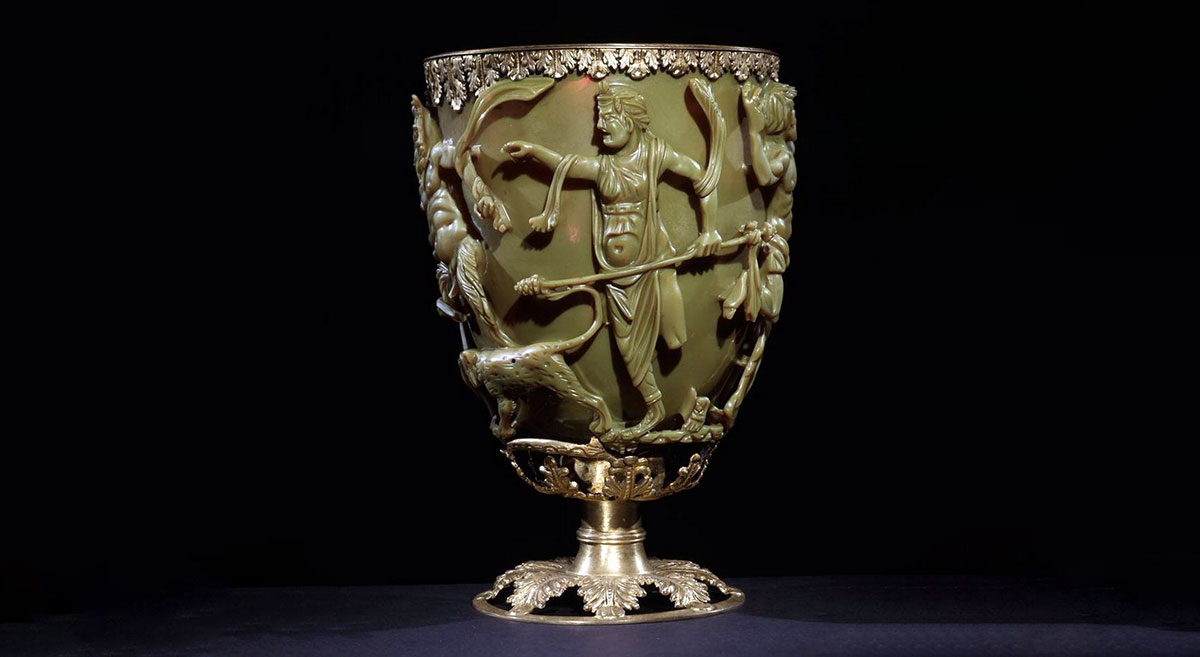
The Lycurgus Cup dates back to the 4th century CE. It is engraved with a scene depicting King Lycurgus of Thrace, which is how the cup was named. It might seem like a normal cup, and could otherwise be lost in the vast collections of the British Museum, except for the unique way in which it was crafted. The cup is made from dichroic glass, which has tiny metal pieces of gold and silver within its layers. This can cause the glass to refract different colors in the light. The color shifts from green to red, to purple depending on the location of the light. While dichroic glass is still used today, the particular skills used to make this cup in ancient times makes it a unique work of art.
The Ancient Chinese Seismoscope
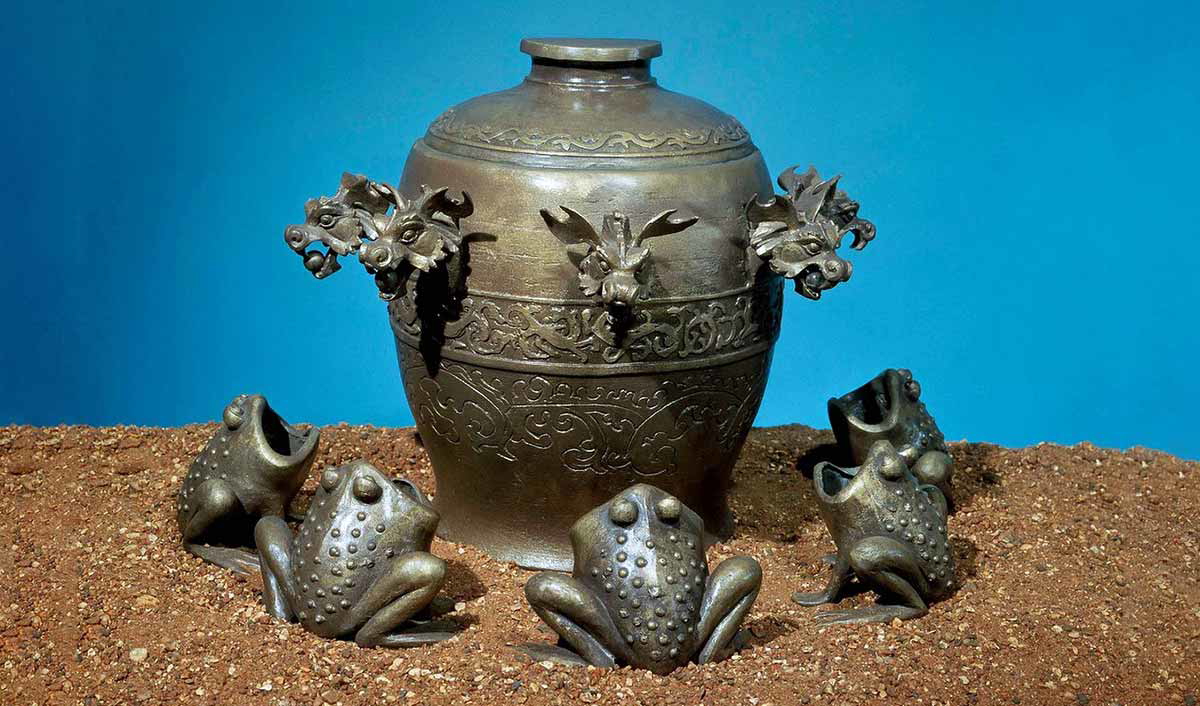
While many may think of a seismometer as a recent invention, different versions of seismometers have been around for years, all the way back to ancient China. This one was invented by Zhang Heng in 132 CE, which is where the name comes from. The reason behind this was that China is in a highly seismic area. There is documentation claiming that an earthquake in 780 BCE changed the flow of three rivers.
The bronze jar itself looks more like a jug to hold wine, with eight dragon heads seeming to scowl down at eight frogs with their heads tilted up and their mouths open. It almost looks more like a decorative piece than one with a scientific purpose. This item worked in a similar way to other pendulums. The ball would sway with the force of an earthquake, even those that couldn’t be felt—and pop out from one of the dragon heads into the frog, which helped indicate the direction of the quake.
The Roman Dodecahedron
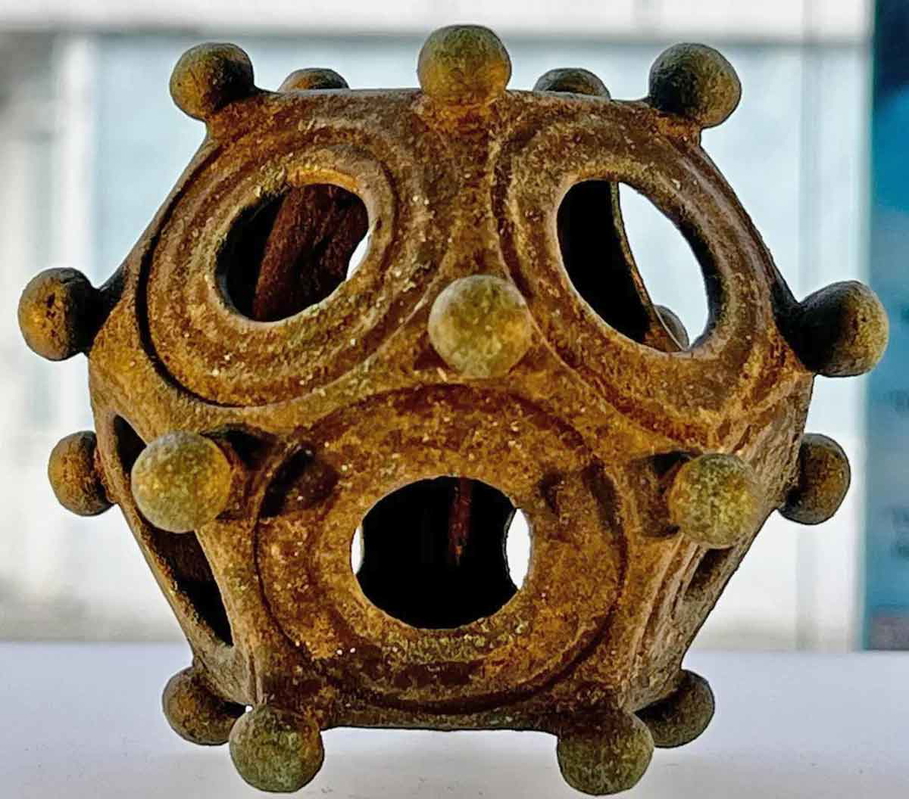
Dated back to the 2nd-4th centuries CE, the Roman dodecahedron is an object made of copper. It is not a singular invention, but rather the name for a group of similar ancient artifacts that have been found throughout Europe. The question is, what were they used for? These inventions contain 12 sides with holes and knobs and have puzzled scientists, archaeologists, and historians for generations. Some wonder if it was used to help knit cords and other materials, while others believe it is linked to Roman superstition or religious practices.
The Baghdad Battery
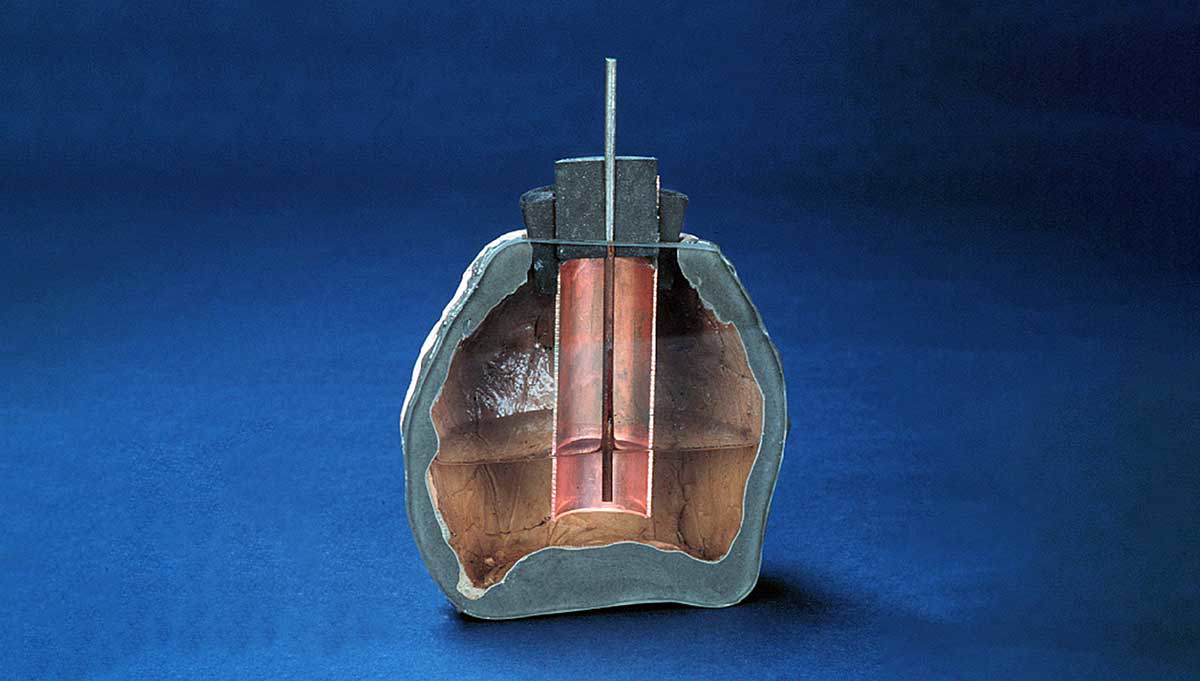
Also called the Parthian or the Babylonian Battery, this item has captured the interest of historians, archaeologists, and inventors for centuries. It was invented thousands of years ago, between 250 BCE to 250 CE, and was discovered in Khujut Tabu’a, near Ctesiph in 1938. The piece is a clay jar with a metal cylinder and iron rod. Was this an early example of electric technology? It has sparked some debates. There are some disputes in the exact use of the object as a battery. Some say that it was not truly used that way and was more for religious reasons or as a mere storage container. Unfortunately, with no images or written record it is hard to say for sure what it was used for. However, during tests, the jar produces 1.1 volts when it is filled with vinegar or other electrolytic solutions.
The Damascus Steel Sword
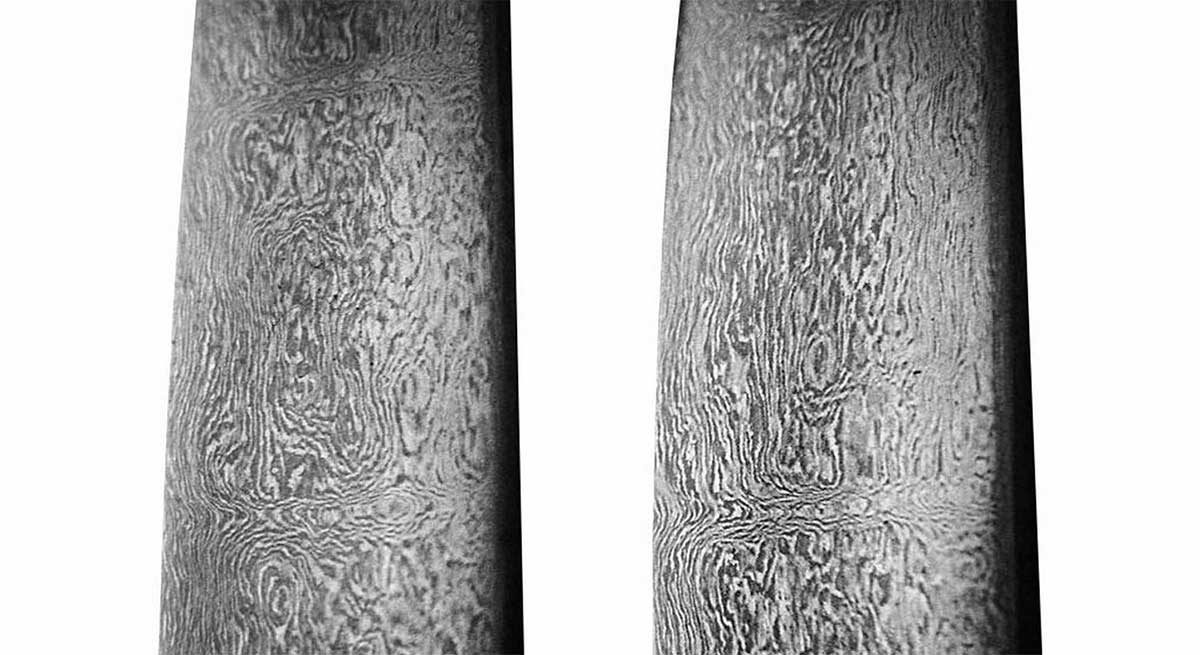
These swords, which date back as far as the 1st century BCE, are supposedly named after the location where they originated, in Damascus, Syria. Throughout history they were also made in the East in several areas, including India and Sri Lanka. Part of the beauty of the swords was the waterfall effects within the steel, giving it a naturalistic look. According to legend, these swords were sought after as they could cut through a rifle barrel in an easy swipe, and so sharp that a hair falling on the blade would be cut in half.
The creation of the blade to give it strength, retain its sharpness, and be flexible was revolutionary for the time in which it was made. While modern tests give some idea of how these swords were made, any attempts to reserve-engineer the process have been largely unsuccessful. Modern “Damascus steel” knives are made to look like them, although they are not true Damascus steel blades.
The Phaistos Disc
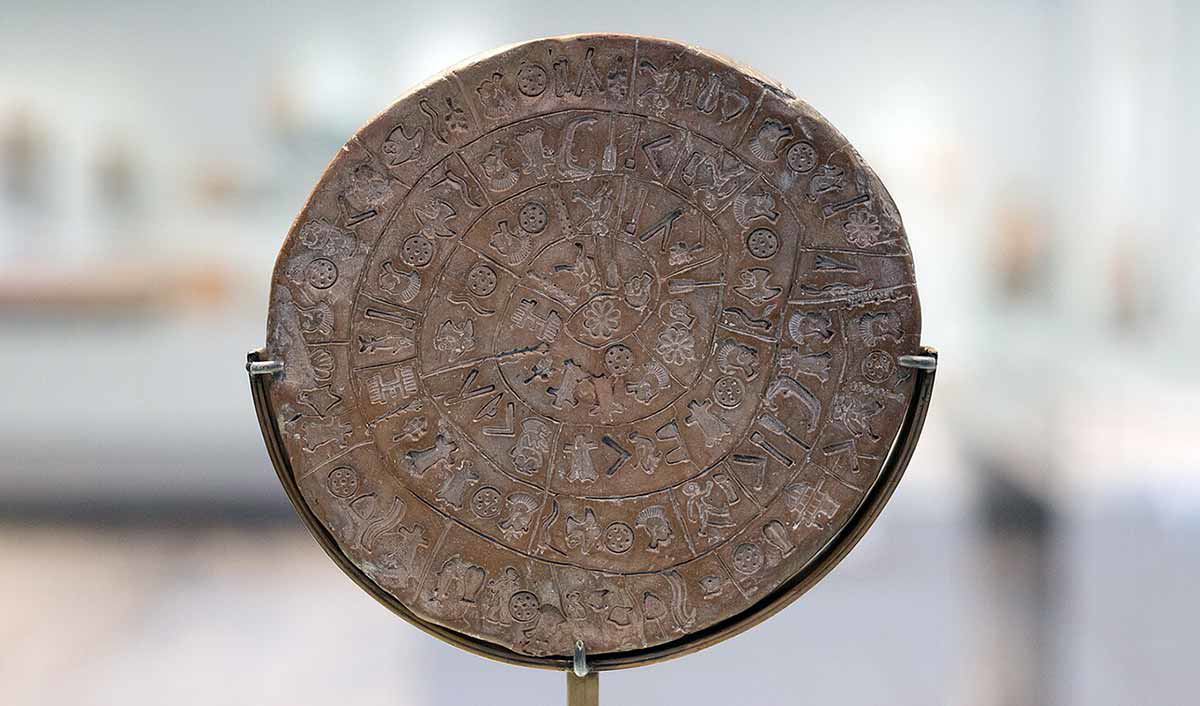
From the island of Crete, Greece, the Phaistos Disc was found in 1908 by Luigi Pernier, an Italian archaeologist. It dates back to the Minoan Bronze Age, and was created from a fine-grain clay that was later fired after individual stamping. Bizarrely, the clay used to create it came from somewhere else completely. The actual origins of the disc are not entirely clear.
We also do not know what its strange symbols represent. There are 45 different signs on its surface that occur in different repeating patterns, making 242 total markings; 123 on one side and 119 on the other. Outside of these stamped signs are marks that were scored into the clay, likely with a stylus. Like many other pieces of ancient pottery and sculpture, this has led many to attempt – unsuccessfully – to decipher the unique code, and work out whether or not it is meant to be an alphabet or a logography.





